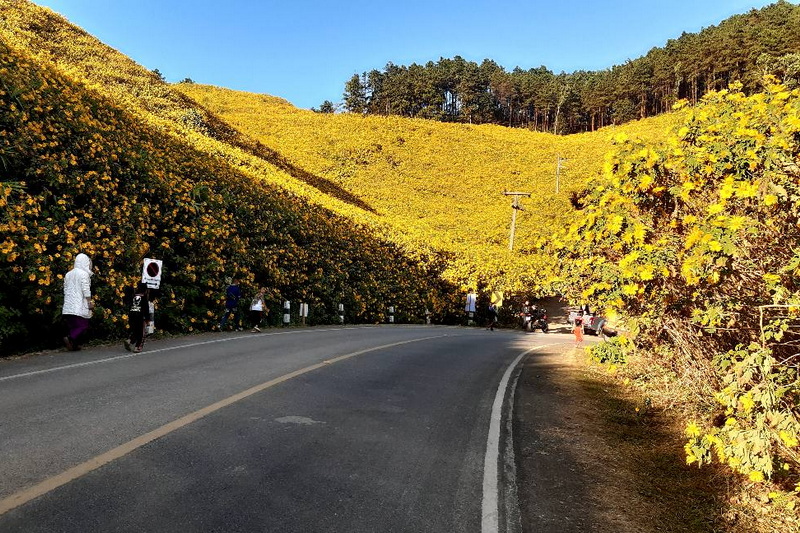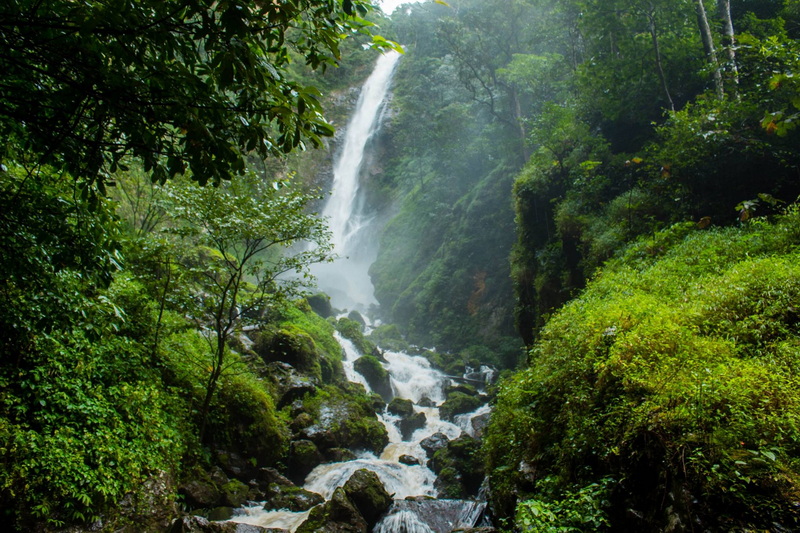Ban Muang Pon Village Tai Yai Culture Mae Hong Son
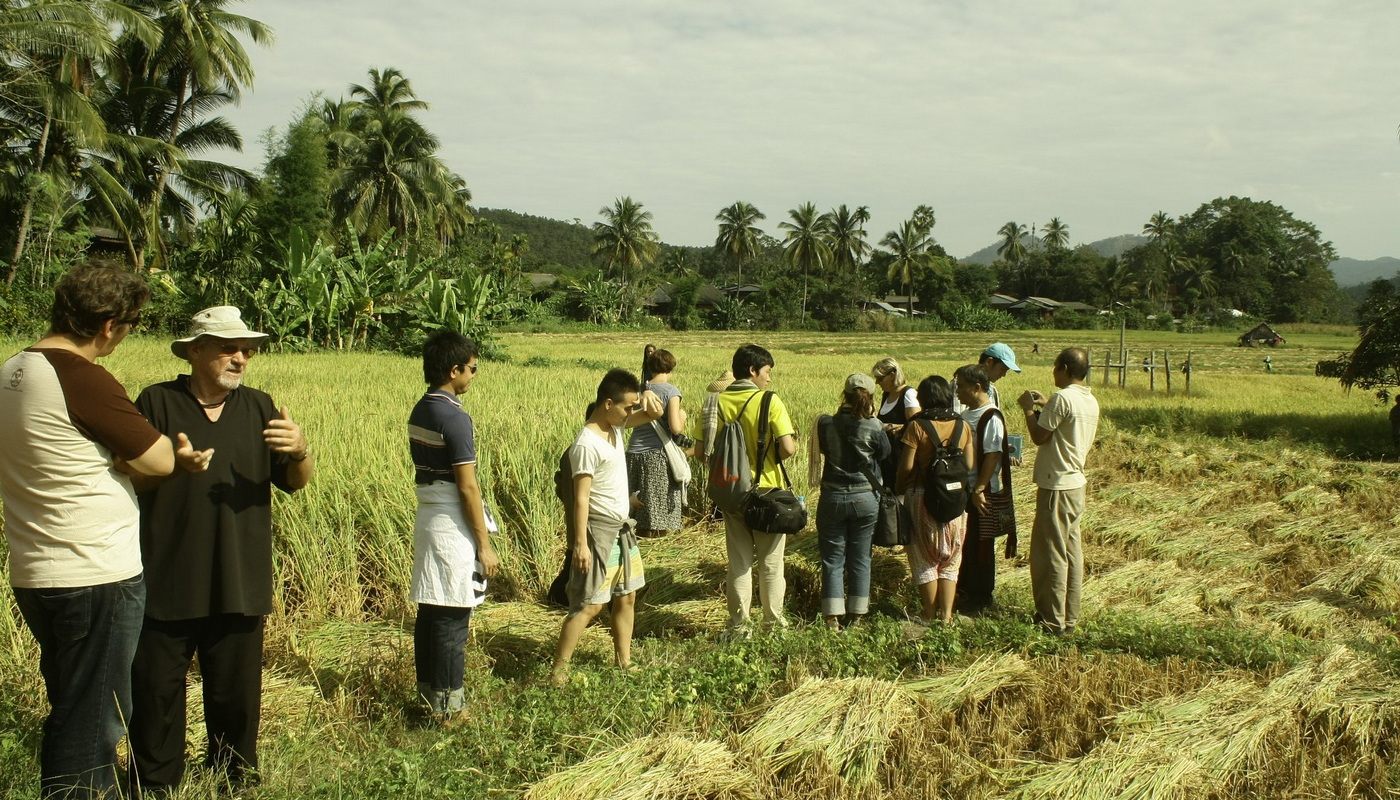
Discover Ban Muang Pon, a Tai Yai village in Mae Hong Son province. Craft bamboo hats, trek terraced fields, and savor Shan cuisine.
Historical Roots and Environmental Harmony
Nestled in Khun Yuam District, Ban Muang Pon is a Tai Yai (Shan) village established over 200 years ago by migrants fleeing political unrest in Myanmar’s Shan State. The community relocated to its current riverside location in the early 19th century under the leadership of elder Nai Noi Si, who sought fertile land along the Pon River for rice cultivation. Today, the village is cradled by mist-clad mountains and terraced rice fields, embodying a symbiotic relationship with its environment. The Pon River not only irrigates crops but also serves as a spiritual symbol, with annual boat rituals honoring water spirits (phi nam) during the Tai Yai New Year.
Population, Social Structure, and Ethnic Identity
With a population of 1,308 spread across two sub-villages, Muang Pon village is a tightly knit community governed by kinship and Buddhist principles. The Tai Yai people, descendants of Shan warriors, make up 95% of residents, while the remaining 5% include Karen and Lua ethnic minorities. Social cohesion is maintained through yao khuen (village councils) led by elders and monks from Wat Muang Pon, who mediate disputes and organize festivals. Women play a central role in preserving cultural identity, passing down oral histories and textile patterns like lai kham (golden lattice), which adorn traditional blouses.
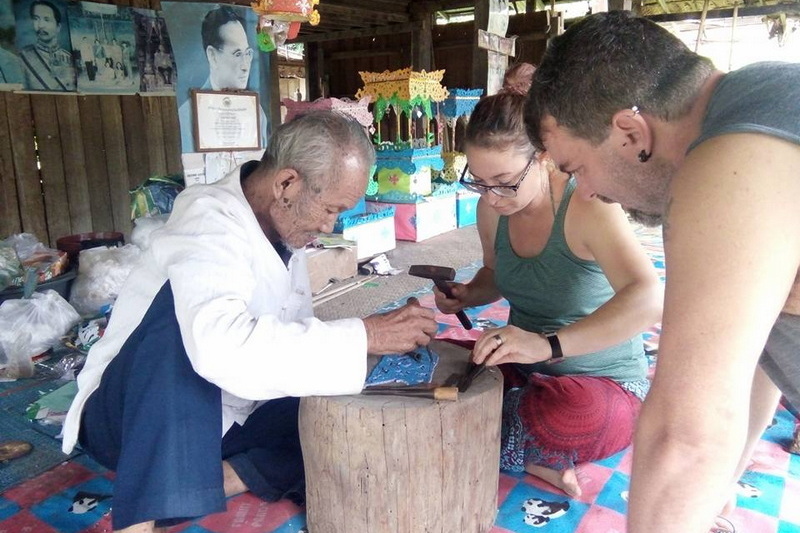

Way of Life: Artisans and Agrarian Traditions
Agriculture forms the backbone of daily life, with villagers practicing rotational farming of glutinous rice, garlic, and peanuts using water buffalo-drawn plows. The Tai Yai Textile Cooperative, established in 1999, has evolved into a 3-star OTOP enterprise, employing 60 women who weave indigo-dyed cotton on wooden looms. Each blouse takes three days to complete, featuring hand-stitched silver coins symbolizing prosperity. Men specialize in crafting Tam Khon—intricate paper votives used in Buddhist ceremonies—and bamboo Goob Tai hats, which shield farmers from the tropical sun.
Cultural Activities and Trekking Adventures
Visitors can embark on Mae Hong Son trekking adventures through terraced fields to Doi Wiang, a sacred peak offering panoramic views of the valley. Guided village walks include hands-on workshops: learn to fold Tam Khon paper art with master artisan Luang Laem Kham (age 82) or join a Nam Prik Ong cooking class using chilies and tomatoes harvested from communal gardens. Evenings culminate in ram tai dance performances, where villagers don peacock-feather headdresses and drum to ancestral rhythms.

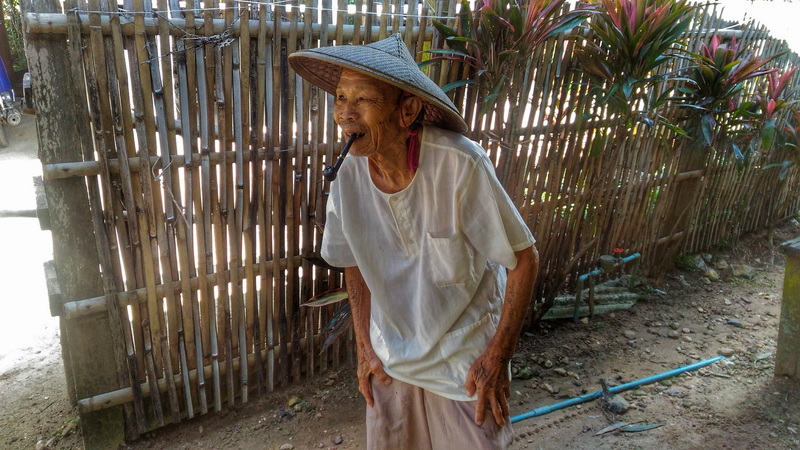
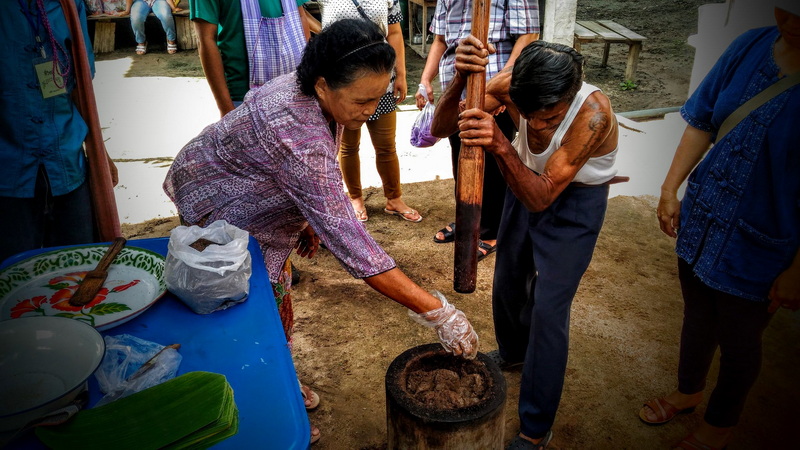
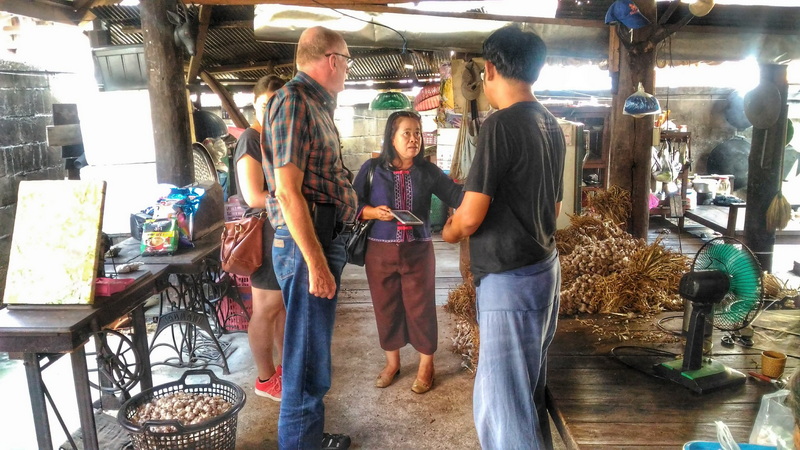
🏃️ Trekking Trails and Cultural Encounters
Trekking in Ban Muang Pam is not merely an outdoor adventure but a cultural experience. Guided by local Karen hosts, visitors explore jungle trails that lead to sacred caves, natural rock formations, and panoramic mountain viewpoints. These treks often include stops at spiritual shrines and historical sites where guides share oral histories passed down through generations. In the village itself, travelers can participate in hands-on activities such as learning to weave fabric, preparing Karen cuisine, or taking part in rice planting. These immersive experiences are part of a wider effort to promote Mae Hong Son tour programs that are ethical, educational, and environmentally conscious.
Preservation Through Sustainable Tourism
Community-based tourism (CBT) initiatives channel 10% of homestay revenue into restoring Wat Muang Pon’s 150-year-old murals and funding youth scholarships. Homestays like Baan Mae Kham Lu (350 THB/night) immerse guests in Tai Yai life: rise at dawn to plant rice seedlings, forage for wild mushrooms with local guides, and share stories over khao soi noodles cooked in clay pots. The village’s Gastronomy Program (1,500 THB) offers three-day culinary journeys, blending farm-to-table meals with lessons on fermenting thua nao (soybean paste).

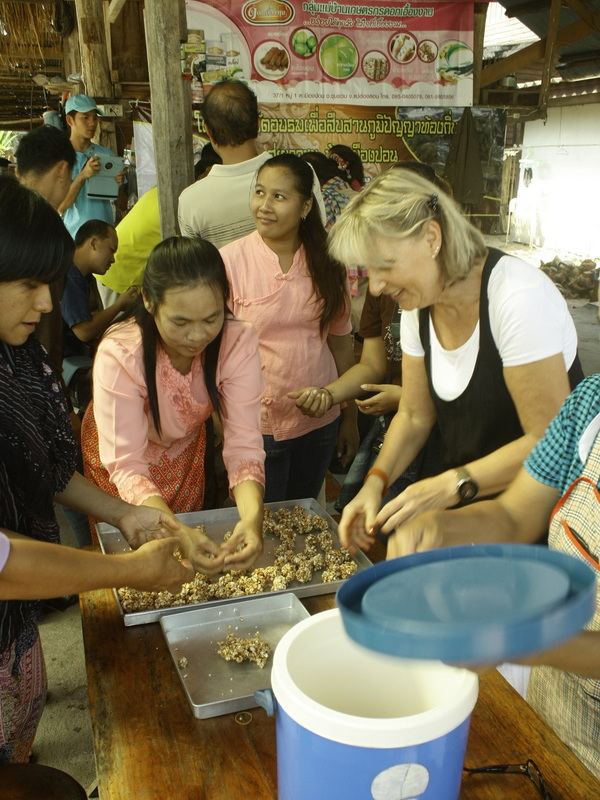

Attractions in the Village
-
Wat Muang Pon: A fusion of Tai Yai and Burmese architecture, this temple houses a 19th-century Buddha statue coated in gold leaf. Its murals depict the Vessantara Jataka, a tale of compassion central to Tai Yai spirituality.
-
Tam Khon Workshop: Craft ceremonial paper votives using techniques unchanged for centuries. Designs include lotus flowers and mythical hongsa birds, symbolizing purity and protection.
-
Shan Kitchen Experience: Cook Khao Puk (sesame rice cakes) and Hed Phor (wild mushroom curry) using ingredients harvested from Doi Wiang’s forests.
-
Bamboo Weaving Center: Weave your own Goob Tai hat under the guidance of Auntie Somjit, a third-generation artisan.
How to Reach Ban Muang Pon
From Mae Hong Son city, take Highway 108 south for 75 km (1.5-hour drive). Private transfers via Mae Hong Son loop tour packages include stops at Bua Tong Fields and hot springs. For adventurers, motorbike rentals (300 THB/day) offer flexibility to explore Khun Yuam’s backroads.
Imagine waking to the scent of steamed sticky rice, your hands stained with indigo dye from a morning weaving session. In Ban Muang Pon, time bends to the rhythm of temple gongs and looms. Here, every meal is a story, every path a journey into Shan heritage. Whether deciphering murals at Wat Muang Pon or dancing under starlit skies, you’re not just a traveler—you’re a thread in the village’s living tapestry.
Reserve Your Spot in a Bamboo Weaving Workshop—Craft Tradition with Your Hands!
Nearby Attractions
Bua Tong Fields at Doi Mae U-Kho
A November spectacle where wild sunflowers blanket 1,000+ acres. Hike trails at dawn for golden vistas.
Namtok Mae Surin National Park
Trek to Thailand’s tallest waterfall (100 meters), surrounded by montane forests and rare orchids.

